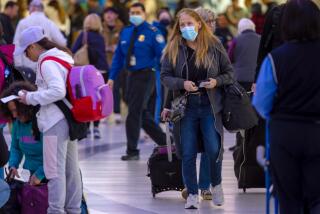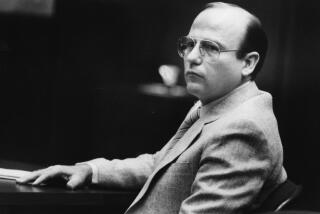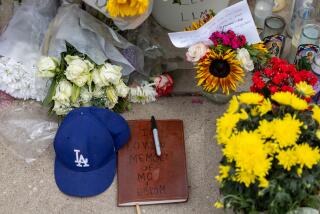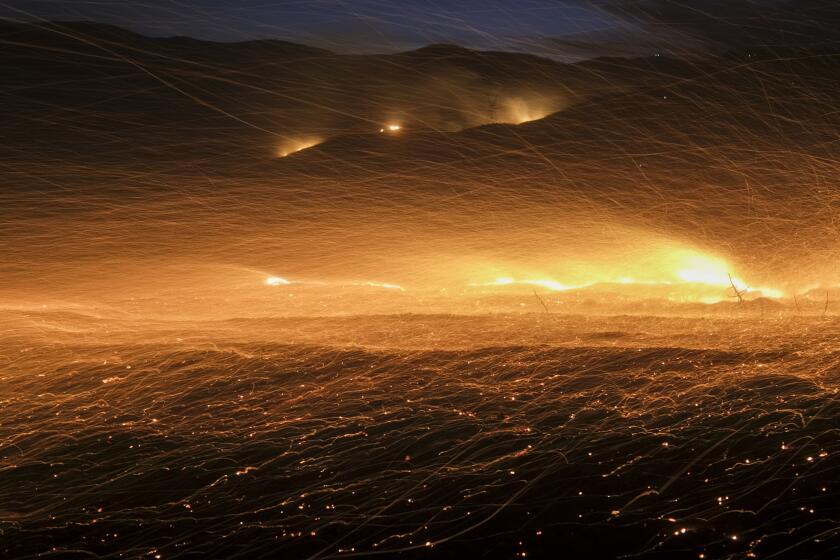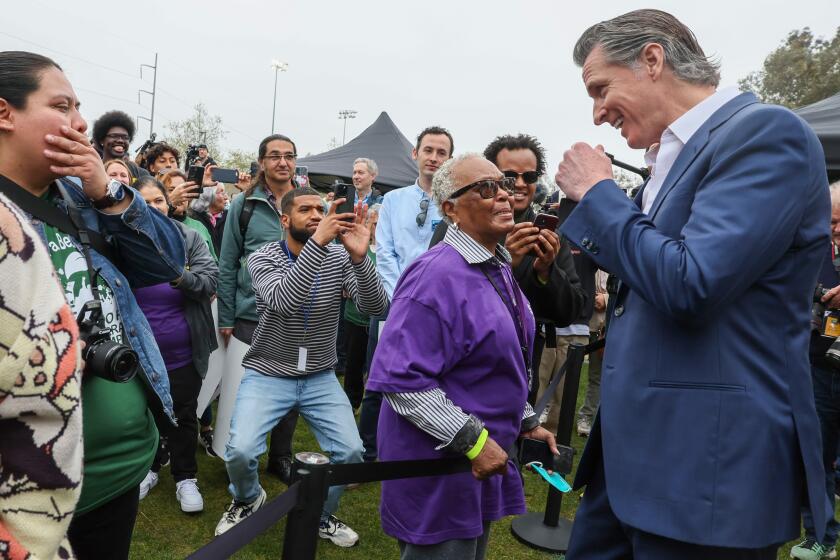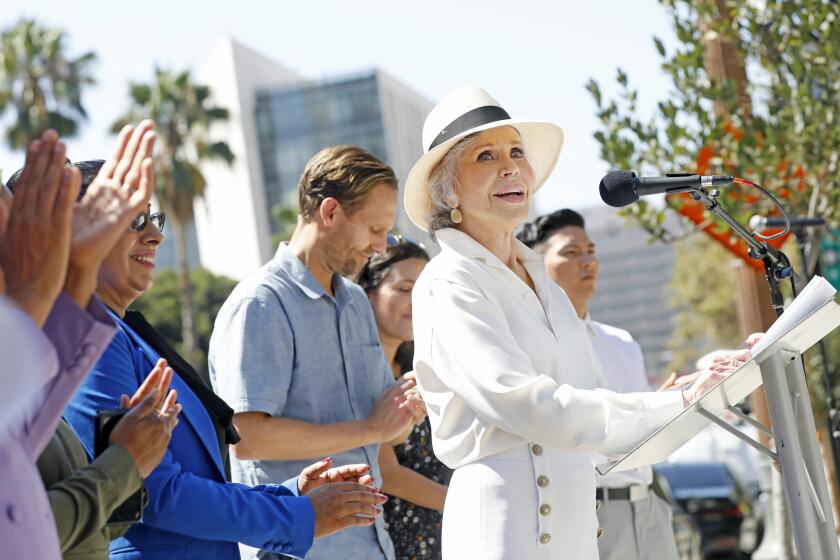Health Study to Target Lab Neighbors
Seeking to determine whether Rocketdyne’s research could have caused cancers and other diseases in communities surrounding the beleaguered Santa Susana Field Laboratory, a nonprofit group is embarking on the first ever health study of the aerospace giant’s neighbors.
Conducted by the Response Team for the Chemically Injured in Atascadero, the study will not be an epidemiological report such as a study recently conducted by UCLA researchers. Rather, it will be a self-reported study of ailments found in the communities of Simi Valley, Chatsworth, West Hills and Bell and Box canyons.
“We’re trying to zoom in on the community by doing a health survey, and seeing what we find,” said Sharyl Smith, the response team’s project manager. The team is conducting the study while on retainer for one of the law firms that has lodged personal injury lawsuits against Rocketdyne.
The months-long study is beginning in Simi Valley with community meetings, the second of which will be held Oct. 30 between 7 and 9 p.m. at the Rancho Santa Susana Community Center, 5005-C Los Angeles Ave. Later meetings will be held in surrounding communities.
At the meetings, Rocketdyne neighbors will be asked to complete brief health assessments that ask about their background, sources of drinking water and illnesses. People who appear to have serious ailments will be asked to complete more detailed forms asking about when the illnesses began, symptoms, diagnoses and more.
Once that groundwork is done, the results will be examined by Agoura Hills toxicologist Dr. Gunnar Hueser to determine whether clusters of cancer or other diseases exist around the 2,668-acre field lab, which was the site of nuclear research between the 1950s and 1980s.
If cancer clusters are found, possible routes of carcinogen contamination will be pursued, said Toluca Lake attorney Edward L. Masry, who filed two lawsuits against Rocketdyne this week.
“If you find seven incidents of a rare type of cancer that you would expect to find in 1 of 100,000 people [in one neighborhood], you will know something is wrong here,” he said.
Rocketdyne’s media relations manager, Dan Beck, questioned the study’s motives.
“I think they’re interested in finding clusters of potential plaintiffs,” he scoffed. The study “doesn’t strike me as very scientific. I think it’s inaccurate to describe it as a health study. It’s an attempt to attract as many plaintiffs as possible.”
Although Masry’s firm is paying for the response team’s work, attorneys will have no say in what the findings are, said Lynn Montadon, a Santa Maria nurse who founded the response team in 1988.
In the past, the Response Team for the Chemically Injured has assisted California residents suffering the ill effects of the soil fumigant methyl bromide, toxic spills, petroleum leaks and ground-water contamination.
Released last month, the UCLA epidemiological study of 4,563 past and present Rocketdyne workers found higher-than-expected cancer death rates among some radiation-exposed employees.
More to Read
Start your day right
Sign up for Essential California for news, features and recommendations from the L.A. Times and beyond in your inbox six days a week.
You may occasionally receive promotional content from the Los Angeles Times.
